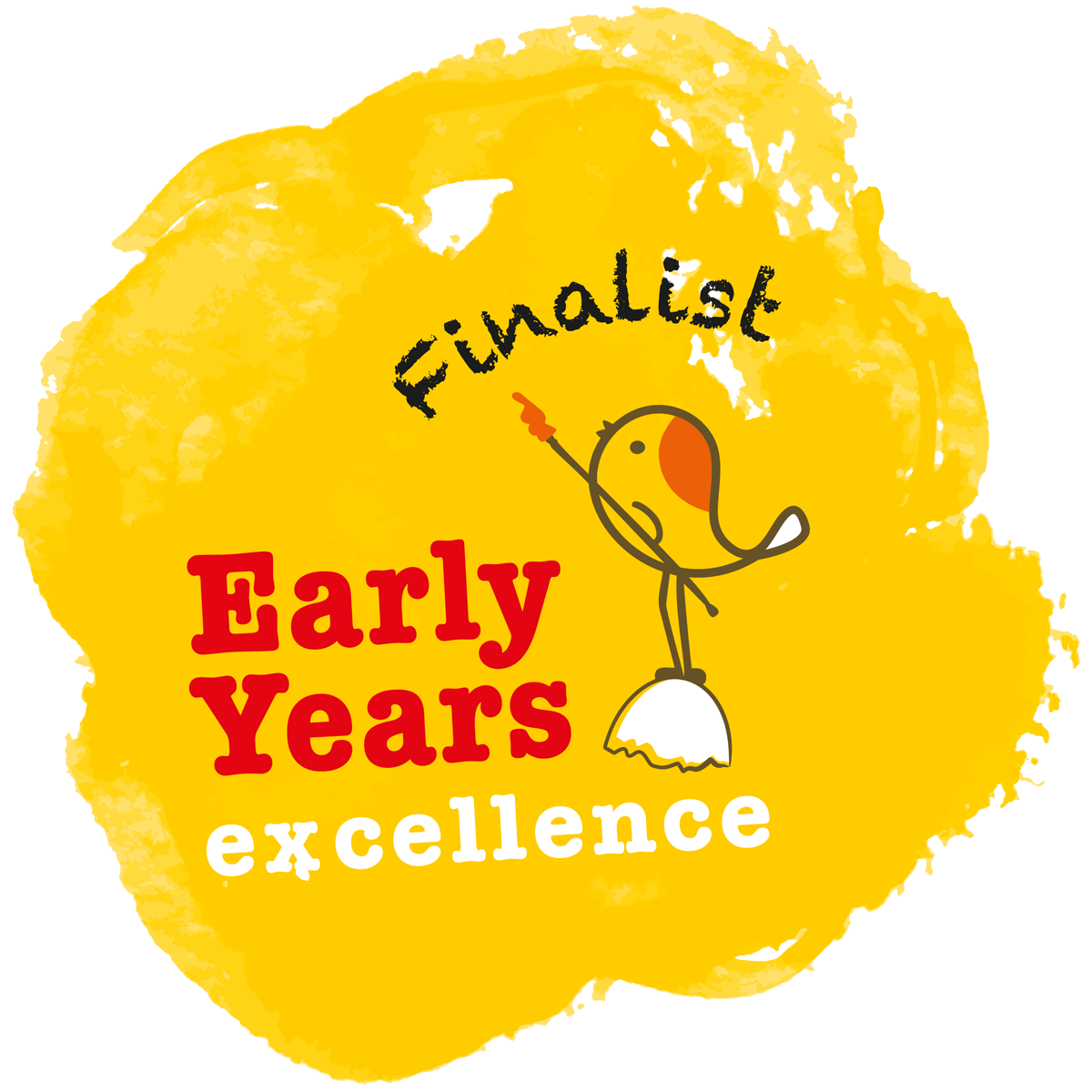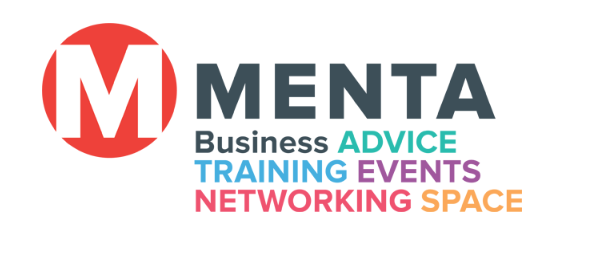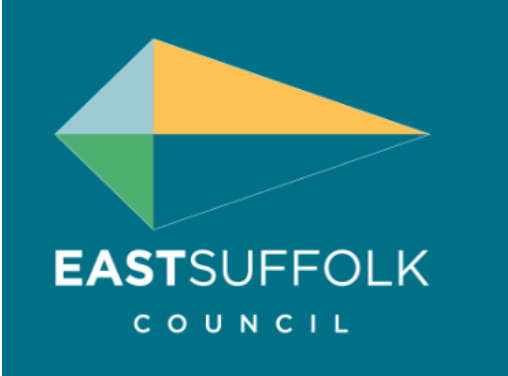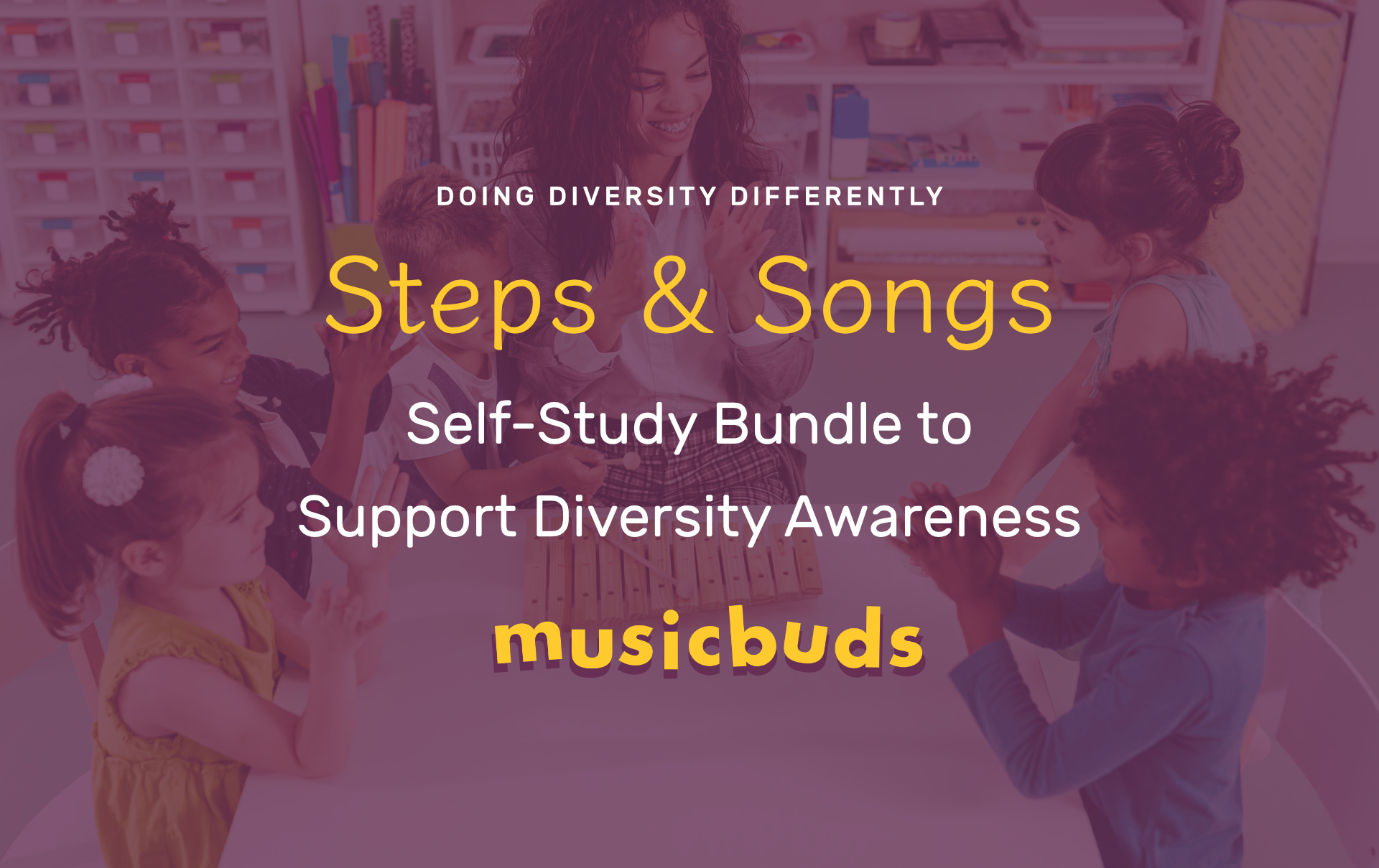
Doing Diversity Differently
Promoting Diversity Awareness
Online and in-person Training using original, goal-based techniques and songs for
Schools, Teachers, Parents and Carers
of 3 to 7-year old children.
Welcome to

Why Musicbuds?

Musicbuds is an Innovative Concept
Through using an easy course-based learning approach for adults, we offer a weekly ‘deep-dive’ into how to teach and learn through song.
More

Sharing knowledge, skill & experience
We provide you with tried-and-tested recipes for success in teaching and learning through song, based on our own professional experiences.
More
Created by teachers and specialists in music, education, psychology and child development (not to mention all our life experiences as well!), we have a wealth of knowledge to share with you!

Gain the confidence in sharing songs
We will hand-hold you through the whole process of learning to deliver the songs effectively and confidently even if you think you can’t sing!
More

Creative learning journey alongside the children
After a brief, 10-minute guided session (using video, audio and slides) you will be ready to start sharing a new song with the children in your care.
More

Value and respect Diversity, Equity and Inclusion
We cover the ‘how’ and ‘why’ these are so important to our teaching as we go along so you can extend your understanding and awareness.
More

Interactive, flexible and versatile approach
We want you to take our ‘working document’ songs and then use and develop them as your own – play with them, change them, enjoy them!
More
Online Courses
Doing Diversity Differently
Simple Steps to Promote Diversity Awareness
An 8-week guided learning course for professionals, parents and carers of 3 – 7 year olds
Simple Songs to Support Diversity Awareness
An 8-week guided course for professionals, parents and carers that includes song-templates to share with their 3 – 7 year olds
Study & Songs to Support Diversity Awareness
A 12-Week online self-paced course to help you become a confident and inspiring diversity practitioner
“Part of Clare’s Doctoral research involved the often hidden aspects of institutional racism. As a result she has a longstanding interest in, and passion for, promoting positive Diversity – and did it with such clarity and care via this beautifully presented online course.
Highly recommend for anyone who wants to gain a deeper understanding of this subject.”
Jane Parker
Jane is a respected Early Years’ music practitioner, Take Art Early Years’ music lead, CREC (Centre for Research in Early Childhood) Course Director for The Certificate of Music Education: Early Years
Musicbuds has featured in:






Musicbuds is supported by:


Who is Musicbuds for?

Teachers and Carers of the 3 - 7 age range
Integrating learning objectives seamlessly into comprehensive lesson plans focusing on the Prime Areas laid out by the EYFS and KS1 music objectives.
Parents and Carers
Developing a shared enjoyment of learning through music in the home environment
Music Specialists
Offering an exceptional range of original and well-crafted resources underpinning common musical objectives whilst focused on prominent topics and themes

SEND Professionals
Providing a range of resources to help learners with sensory issues and to develop fine and gross motor skills

Teaching and Support Assistants
Providing clearly-laid out guidelines of how to assist teachers leading a class
EAL Teachers and International Schools
Introducing those children new to English instant access to instructional, topic and routine vocabulary through the medium of music and visual aids
Instrumental Teachers
Offering a range of exceptional resources to support the development of rhythm, pulse, sight-reading and aural awareness explicitly created with young learners in mind

Playgroup & Preschools
Using music as a tool to encourage socialisation of the 3+ age group with fun and laughter!
Our songs and resources aid holistic teaching and learning in 3 – 7 year olds and are focused on promoting an awareness of Diversity, Equity and Inclusion in everyone who uses them!
Listen to 'The Windmill' Song
This song pays homage to the country where Musicbuds came to life – The Netherlands.
It uses a folk-style of music to remind us of the sound of the ‘draaiorgel’ (a mechanical street organ, often referred to as a ‘Hurdy Gurdy’) which can often be heard playing in towns on a Saturday morning.

Song Activity
The song requires the children to move in a circle while they hold on to a parachute or an elastic circle, so that they learn how to work as a team (moving together in the same direction – either clockwise or anticlockwise).
The tempo (speed) of the song changes so that the children have to change their movements to reflect the change of pace – getting faster or slower to mirror the music. This encourages the development of listening with concentration – they have to be alert in order to change their movements!
Listen to 'The Windmill' Song
This song pays homage to the country where Musicbuds came to life – The Netherlands.
It uses a folk-style of music to remind us of the sound of the ‘draaiorgel’ (a mechanical street organ, often referred to as a ‘Hurdy Gurdy’) which can often be heard playing in towns on a Saturday morning.





